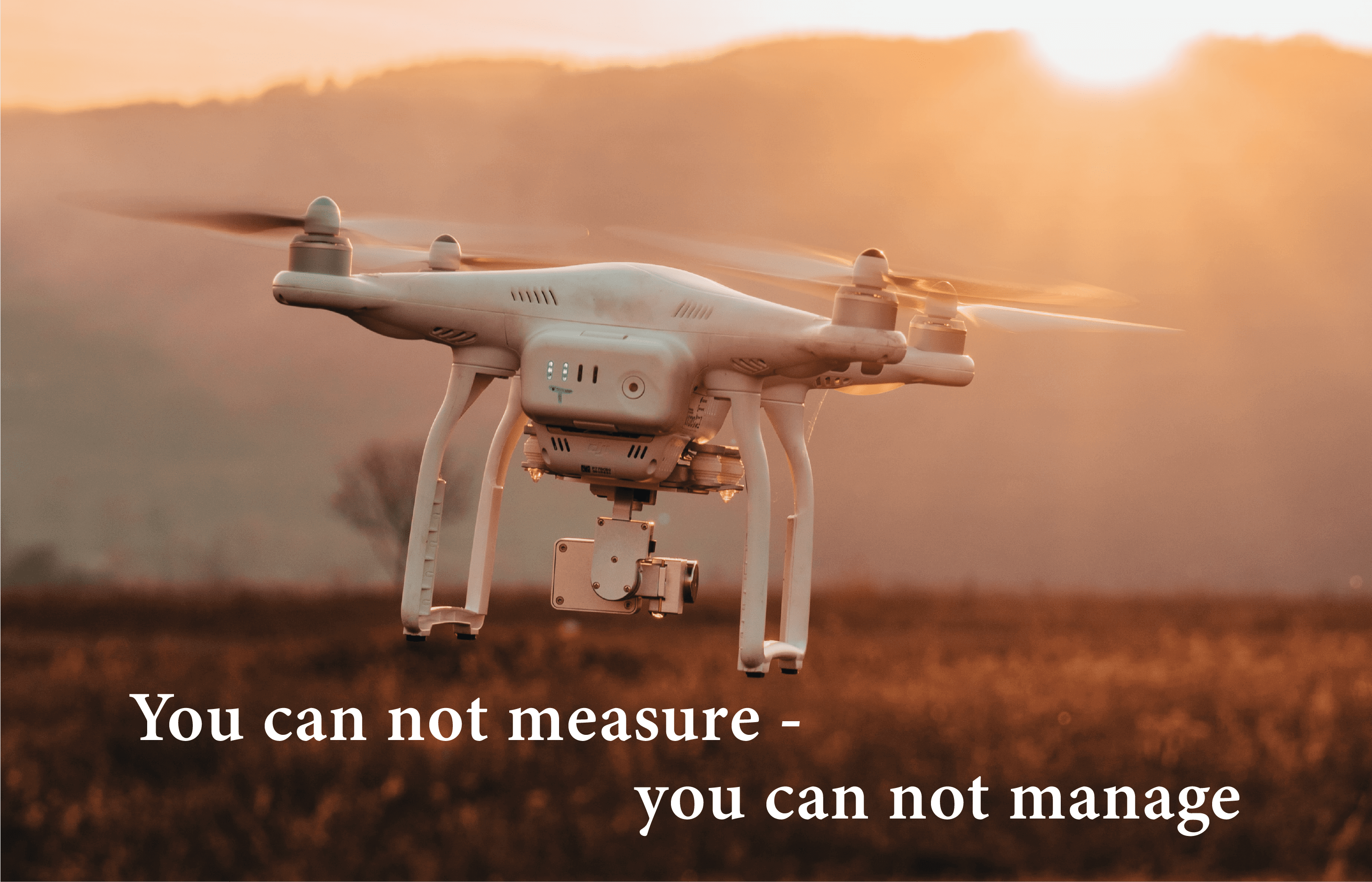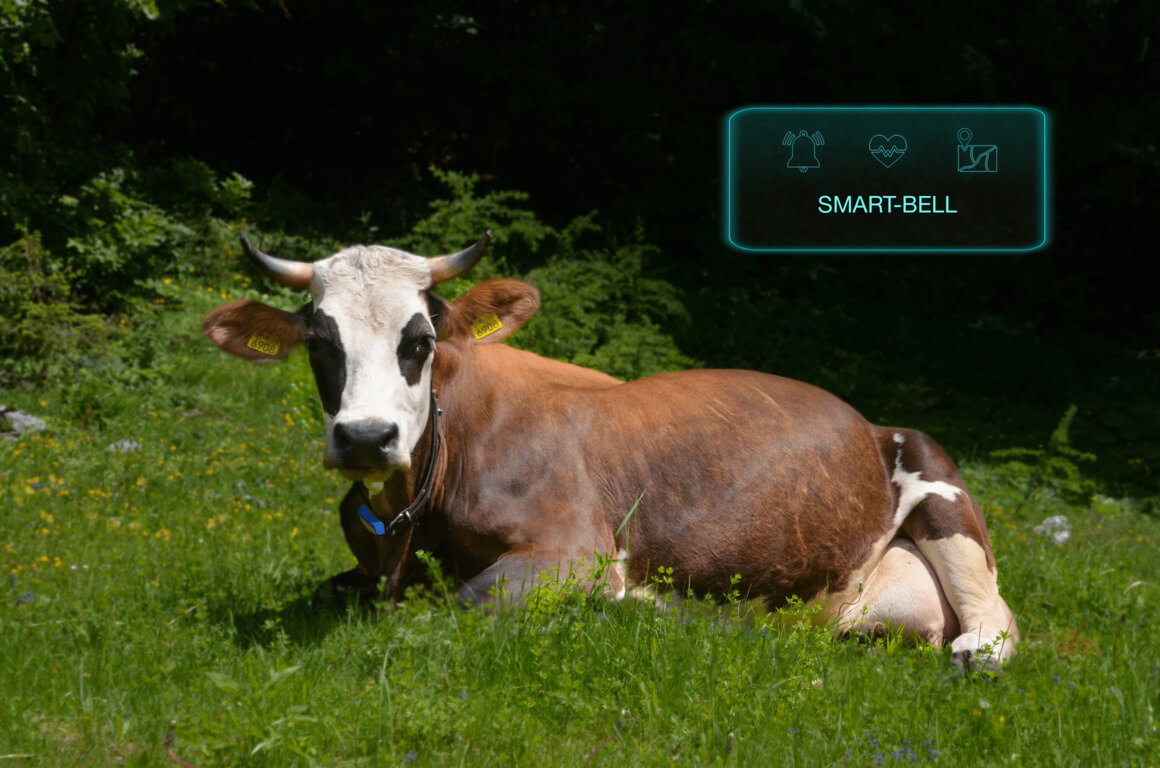Any IoT solution is based on the principle of automation and replacement of a person, with his possibly not accurate observations and conclusions, by the computer. IoT development companies are proposing to transfer more and more aspects of life and business to a computer. The agricultural sector is no exception. Today’s topic is Precision Agriculture.
The most obvious and direct benefit of implementing such solutions in the agricultural business is reducing costs and increasing profits.
The agricultural sector, like no other, requires the timely and accurate collection and processing of information. IoT solutions help to do it on time, quickly, and no matter what kind of farm it is: a field, a farm, a greenhouse, or a whole agricultural complex.
Also, another huge advantage of using such technologies is solving current and future problems on the Earth. Our planet does not increase in size. Humanity has the same amount of land suitable for processing as 200 years ago. So, the only way is to increase the efficiency of growing products. Humanity must use all the latest developments in technology. And the undisputed leader is the IoT technology.

It is IoT that is the catalyst of the so-called Third Revolution in the agrarian sector, which is just beginning to gain momentum.
Its main indicators:
- Total robotization;
- Increasing efficiency at all levels of product creation;
- Automation of all management processes;
- Resource savings.
Opportunities to Be Achieved with IoT
Many believe that IoT can make a revolution in almost all areas of precision agriculture, from growing crops and animal husbandry to logistics and forecasting crops and sales. Let us consider in more detail each direction.
Precise farming is an umbrella term that presupposes the utilization of IT for improving agricultural operations. The basis of the scientific concept of precision agriculture is the idea that the space that is cultivated is heterogeneous. Every single piece of land requires a unique approach. What is impossible with the current methods of cultivation?
To assess and detect these inhomogeneities, the latest technologies are used, such as global positioning systems (GPS, GLONASS, Galileo), special sensors, aerial photographs and satellite images, as well as special programs for agricultural management based on geo-information systems (GIS). The collected data are used for seeding planning, the calculation of application rates for fertilizers and plant protection products (plant protection products). The main advantage of this technology is an individual approach to every meter of land, every plant and animal.
- CV for Drones. Drones in precision agriculture are widely used. UAVs can collect different types of images, such as multispectral, thermal, and visual images. When processing these images, a huge number of indicators are available. Plant conditions (whether there is a disease, what specific stems it is on), plant counting, yield forecast, plant height measurement, field mapping in general, field water condition mapping, exploration reports, weed pressure mapping, and so on.
We know firsthand how effective the use of drones is in precision agriculture. In partnership with Def C, we have developed software based on computer vision technology for UAVs. This project has already been successfully used in various business sectors, including the agrarian industry.
- Smart greenhouses. This is a fully automated design created to facilitate the process of growing crops and minimize the use of manual labor. At the heart of any smart greenhouse are sensors, actuators, monitoring, and control systems, which optimize many factors and growth conditions of agricultural crops. Often, smart greenhouses work in sync with other technological solutions, such as automatic irrigation technologies and HVAC systems (heating, ventilation, and air conditioning systems). The task of HVAC – systems in greenhouses and greenhouses is to maintain the ideal temperature for year-round cultivation of particular cultivated precision agriculture or exotic plants, smoothing out negative environmental factors. The advantages of HVAC are to minimize operating costs. Intelligent sensors record data on plant growth, irrigation, the presence of pests, and lighting, and send them to a local or cloud server. In the cloud, using big data, the data is processed, an appropriate decision is made, and the system carries out the necessary actions. The next step in the development of smart greenhouses – vertical greenhouses. Mankind has long been growing up – high-rises fill the world because the place will become less and less. The same situation with fertile soil. It is not so much in the world, so why not build a high-rise greenhouse with artificially improved ground and LED lighting that will shine 24/7. It is thanks to the reduction in the cost of LED illumination and the development of smart control systems that such a revolutionary discovery became possible. Also, greenhouses of this type solve the problem of logistics. After all, you can build a vertical greenhouse anywhere in the city or even on the roof of a business center. The first successful startups are already working, and they have proven that yield is growing tenfold, costs are dropping enormously, and profit is increasing.
- Predictive Maintenance. In the future of recision agriculture, robotic machines will play a crucial role. They will collect information about crops, process them, water, fertilize, and harvest. That is why it is so important that they always be operational and work without interruption. In this case, sensors and sensors that collect data on visible and internal violations of equipment activity come to the rescue. Softengi developed a surveillance system that can recognize the dysfunction of some of the smallest pieces of equipment only by changing the sound of their work.
Additional Perks of Digitizing Agriculture
- Cattle control via IoT sensors. As well as in the case of the fields, increasing efficiency in a successful livestock divorce lies in an individual approach. If the farmer has the ability to monitor the temperature, health, activity, location of the animal, the course of pregnancy, and even the process of digesting food in the gastrointestinal tract of the animal, then control over any possible extreme situation will increase. The availability and processing of such data help to quickly identify a sick animal and remove it from the herd, thereby preventing the spread of the disease. At the same time, information collection sensors are not expensive and difficult to use, they simply dress the animal around the neck. One example is Smart-Bell.

- Logistics system. For a qualitative increase in the efficiency of precision agriculture, it is necessary that each stage of product development be improved and work clearly and consistently at maximum speed. Blockchain technology comes to the rescue. This technology is now used by the most advanced logistics companies in the world. The main advantages of using the blockchain are its efficiency and safety. Intelligently designed logistics allow food manufacturers, packers, and shippers to monitor the status of food shipments, control temperature, and protect against spoilage. The system also keeps track of various information about the necessary equipment, for example, containers that need to go back. Also, the control system monitors the amount of the planned harvest and relates this to the amount of free space in warehouses and the amount of transport for the timely transportation of goods. All this information is processed and already in the form of a report comes to the responsible specialist. This eliminates the negative human factor.
- Data storage in the cloud and online analytics. Thanks to the communication system of collecting and processing all information in one cloud, it is also possible to increase the accuracy of yield prediction and financial planning. Farmers can no longer be afraid that their goods will not be sold. After all, they see the situation on the market in real time every day. And the optimization system tells you what to grow, in what quantity, and where and when to sell. Also, thanks to this function, the influence and pressure of the state apparatus on the market are reduced.
- XR. Technology can replace most of the current roles and responsibilities of a person in the agricultural sector. The keyword is “most.” Not all functions. There are still issues that can be solved only by a human. One of these challenges is the repair of equipment, especially in emergencies, for example, in the field. Technology cannot completely replace a person in such cases, but AR technology can significantly ease and speed up the process of solving a problem. With the help of Remote Assistance technology, even a non-professional worker can fix the damage. The technology allows real-time, with the help of interactive instructions, to understand the problem and, following the step-by-step advice, solve the problem. In extremely difficult cases, a high-professional specialist is involved, who will help, step-by-step, to figure out. Using AR technology reduces the cost of staff training and lower production downtime.
- Using mobile apps. And, of course, the cherry on the cake is a convenient and understandable application. Information about your field and farm will always be in your pocket. The web-based admin console allows farmers to customize system settings and integrate them with other solutions. The mobile application generates alerts and reports on the performance of your business and many individual indicators. In real-time mode, you can view all the information you need.
Bottom Line
In the future, the intellectual agricultural revolution, made possible by IoT, will show that the use of pesticides and fertilizers will be reduced, and overall efficiency will increase. IoT technologies will provide better traceability of food production, which in turn will lead to improved food safety. It will also be beneficial to the environment, for example, through more efficient use of water or by optimizing processing and costs.
Consequently, precision agriculture has the real potential to create a more productive and sustainable form of agricultural production based on a more accurate and resource-efficient approach. The numbers speak for themselves. It is expected to grow to USD 4.3 billion by 2023 at a Compound Annual Growth Rate (CAGR) of 19.3%. New farms, finally, will be able to realize the eternal dream of mankind about the exploration of space and other planets because one of the main obstacles is the inability to maintain the life and development of biologically active creatures. And most importantly, humanity will have a real chance for a decent continuation of the life activity of all the inhabitants of our planet.




